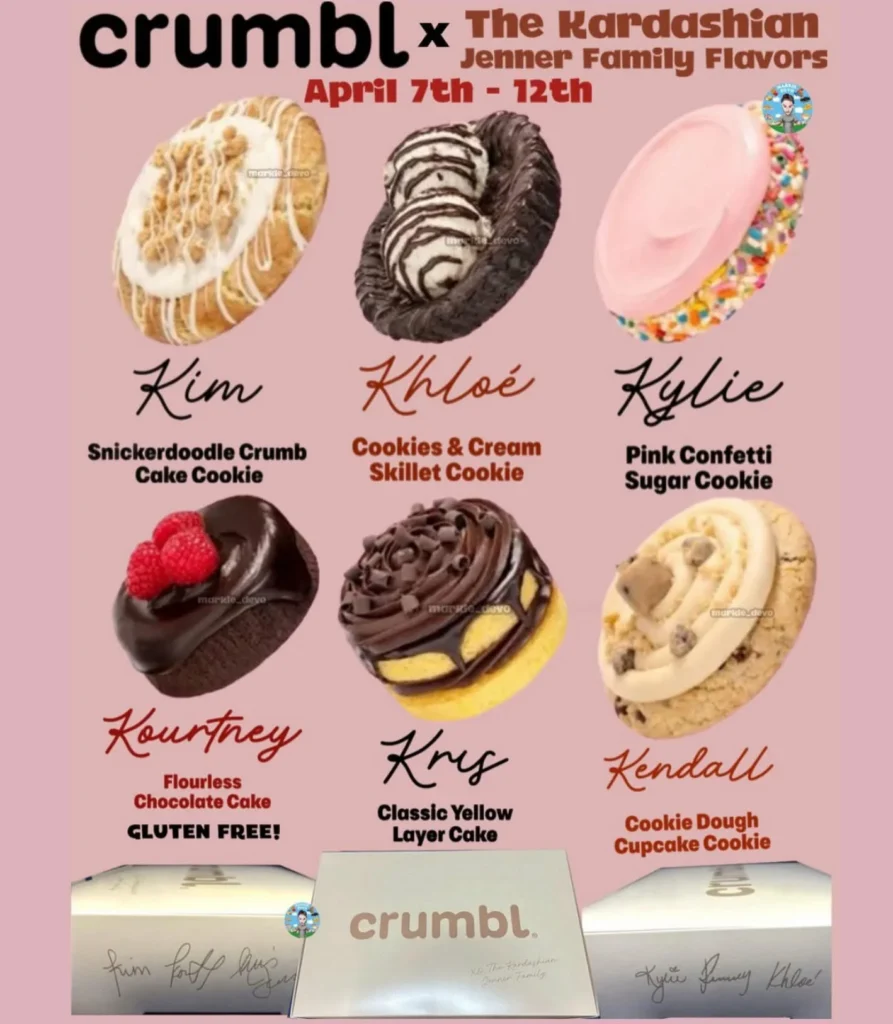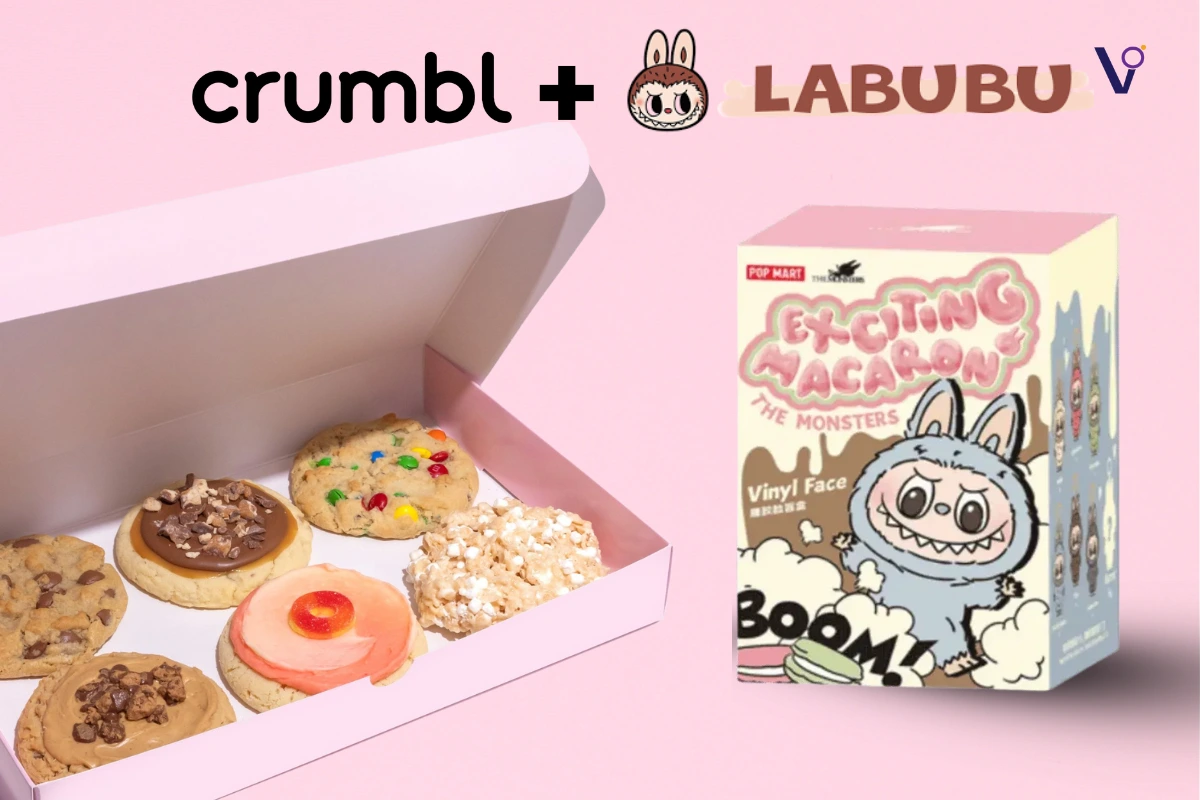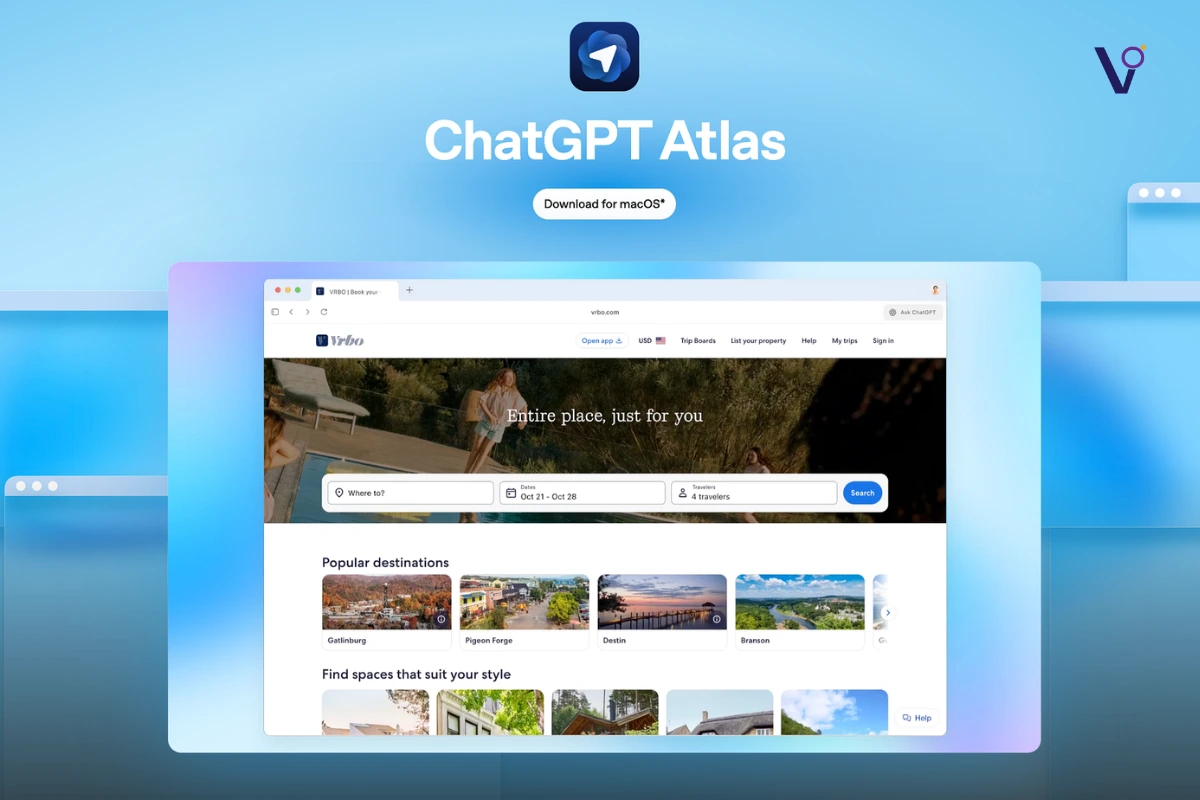Scarcity marketing is a tactic founded on the principle that when a thing is scarce, time-sensitive, or hard to get, people will be more likely to want it. It exploits core human psychology, fear of loss, and the respect we have for things not always within reach. Brands from all sectors apply scarcity to instill urgency, boost demand, and turn everyday products into experiences that must be had.
A perfect example of this in practice is Crumbl Cookies, which has been the biggest food brand in the last few years. Their limited releases and product drops are the perfect example of how scarcity takes an ordinary product and makes it into a viral, high-demand sensation.
Crumbl Cookies’s Audience
What we know about Gen Z and the generations around them is that they’re a snacking generation. There’s something very relevant about Crumbl with the way that this generation eats. This is very much the “treat yourself” time, and there is this sense of “what is the new thing I’m going to try?” They have tapped into that brilliantly and built into their business model continuous ways to surprise people and delight people.
Key points:
- Huge rise in snacking culture
- Crumbl cookies act almost like mini meals
- It’s about event eating, not just snacks
People are eating more between meals, but Crumbl cookies are obviously more than just a snack. They’re kind of almost like a mini meal. It’s the sort of event eating. Consumers are seeking pleasure, they’re seeking escapism, and really that’s what the Crumbl cookie delivers, an excess of all of those things.
Crumbl Cookies’s Viral Influence
On TikTok alone, Crumbl has built a following of 10.4 million, which puts them ahead of Starbucks, Dunkin’, and Krispy Kreme combined. Over 107 million TikTok videos mention Crumbl, with many racking up hundreds of thousands of views.
Crumbl’s marketing success comes from their product itself. But their success goes beyond taste. The entire experience of discovering and enjoying a Crumbl cookie is a crucial ingredient in their winning formula.
Power of Branding
Cookies in general are replicable, but the Crumbl cookie is very obvious online. It has a very distinctive look, color, and size. It’s part of the experience, seeing that very recognizable food item.
Pointers:
- Visually unique packaging with a pink box
- Recognizable cookie style and oversized size
- Highly photogenic, easy for consumers to share
They are so photogenic that anyone could take a good photo of them. They take their photos shot from above, which looks really moorish, but actually consumers can also take their photos and almost feel like they’re the content creators.
Crumbl as Content Creators
What’s particularly interesting is that they’re creating food, but Crumbl is also a content creator. They’re creating videos, flavor ideas, and drops. There’s very much a sense that you’re consuming the content as much as you’re consuming the cookie.
Co-founder and CEO Jason McGowan even said much of Crumbl’s focus on branding and storytelling was intentional from the very beginning.
Brand Collaborations and Cultural Relevance
Crumbl has worked with names like the Kardashians, Dove, and Olivia Rodrigo. These partnerships helped more individuals learn about the brand and, as per McGowan, ended up being one of the methods through which new customers discovered their store.

Highlights:
- Access to desirable audiences through brand partnerships
- Cultural relevance beyond the food industry
Crumbl gets to leverage their access to a very desirable audience. And for a snack brand to partner with brands outside of the food space, it gives additional cultural relevance and allows the brand to go beyond just that snack occasion. It goes back to that cultural relevance, how popular they continue to be.
UGC Marketing
Crumbl’s smart use of user-generated content has played a big part in its growth. From mukbang videos to ASMR clips, fans constantly create content around their cookies, driving organic engagement and online conversations without the brand needing to control it.
What works for them:
- UGC through TikTok, YouTube, and social media
- Continuous weekly flavors keep discussions fresh
- Influencers get content, consumers get interaction
Consumers love to express their preferences. Crumbl has created an ecosystem through their app and social media where people share what they think every week. There are new things to comment on constantly. That helps influencers have content too. It’s a self-reinforcing ecosystem.
Scarcity Marketing
Crumbl’s success stems from selling more than just cookies. They offer an experience rooted in anticipation and scarcity. Each Sunday, the one day Crumbl is closed, they announce a limited flavor for that week that becomes available on Monday.
This keeps people glued to Crumbl’s social media and gives even the biggest fans a reason to keep coming back.
Key tactics:
- Limited weekly flavors
- FOMO effect drives urgency
- Builds customer lifetime value
They are very good at introducing new flavors and variety. Everyone wants to try new things, and that’s a big part of what keeps people coming back. But beyond that, it taps into core psychological concepts like scarcity and urgency. If you don’t go this week, you might miss something. That fear of missing out is key. From a business perspective, you need loyalty and customer lifetime value to succeed.
Another Instance: Labubu’s Marketing
Another perfect example of scarcity marketing working in real time is Labubu.
One person is allowed to purchase up to six of each Labubu figure. These weird-looking little dolls are taking over the internet right now and reselling for thousands of dollars. The Labubu are blind box collectibles from PopMart, meaning you don’t know what you’re going to get until after you unbox them.
Here’s how the hype works:
- Retail price: 10 to 20 bucks
- Rare pieces reselling for thousands on eBay
- They’ve become fashion accessories people clip onto their bags
- Some even fully deck them out in outfits
Blackpink’s Lisa is known as the mother of Labubu. Kind of started the whole trend.
The marketing behind this is pure genius. The blind box mystery makes you buy more and more because everybody is chasing the rare ones, obsessing over the dopamine high of the unboxing.
More tactics driving the frenzy:
- PopMart keeps teasing new drops and restocks but they sell out in seconds
- Vending machines are popping up everywhere
- People are waiting in line for hours to get one
Anytime a brand can combine mystery, scarcity and virality, it’s a recipe for seemingly overnight success.
Scarcity marketing makes people desire something more when it’s rare, time-limited, or hard to access. It creates urgency and boosts demand by making products feel exclusive.
Crumbl Cookie‘s teasing Monday-only flavors and PopMart teasing rare Labubu drops persuade customers to act fast, driven by fear of missing out on something scarce.
People value things more when they’re rare or not always available. Crumbl and Labubu tap into this, using fear of missing out and urgency to fuel demand.



